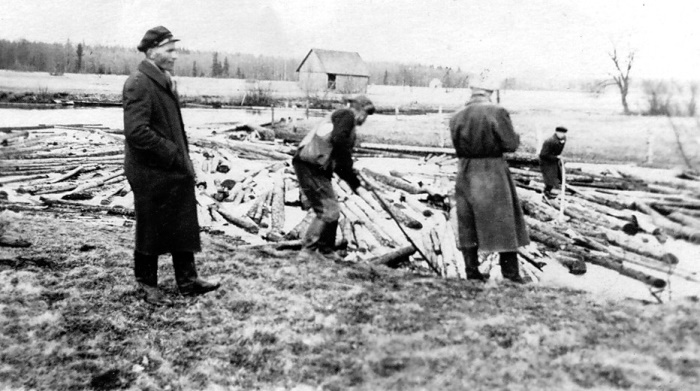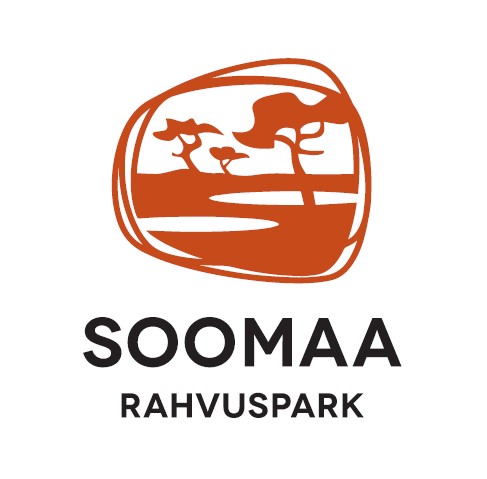
Traditional lifestyle
The natural conditions here have played a major role in the formation of local cultural traditions: extensive mires, floods, the abundance of rivers, and river floodplains have influenced the peculiarity of the region. People adapted their lives to nature.
FARM ARCHITECTURE
Conventionally, the buildings of one farmstead are located around a spacious yard covered with grass. The barn-dwelling offered an overview of all the facilities and the yard. From their main plan, the barn-dwellings were similar. The main difference was in dimensions and space layouts. The dwelling included a threshing-barn and a room where chaff was stored. The threshing barn housed a furnace and a stove, the mouths of which opened into a shared hearth. The furnace heated the room next to it, known as the liiatuba, liiakamber, or parsi.
The barns were usually located near the chamber end of the dwelling. The sauna was built a little further away near a water body due to the risk of fire. Wood was used as a building material. Stones were used in the construction of basements and foundations.
Outbuildings were initially constructed with straw roofs until the mid-1930s, after which they were replaced with shingle roofs. Before the Second World War, more magnificent estates began to be built instead of the barn-dwellings.
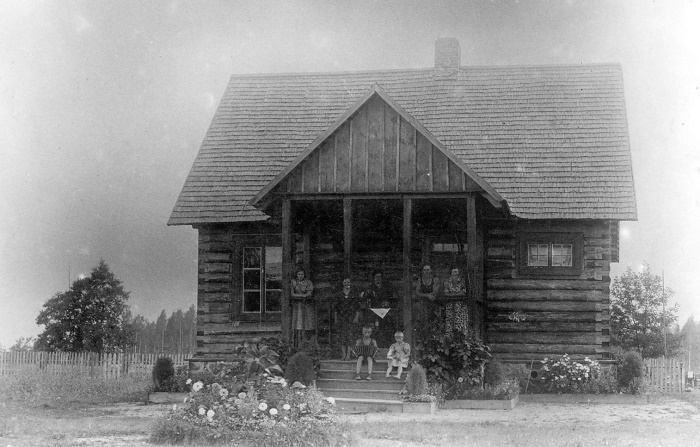
ECONOMIC ACTIVITIES
Economic life in the villages of Soomaa developed rapidly in the first half of the 20th century. Tori and Ardennais horses and purebred cattle were bred in the area.
In farming, 6–7 field crop rotations were used. To better cultivate the lands, new fields were established from hayfields, scrub was cut, and ditches were dug. Forest hayfields were located on flood plains. After haymaking, the cattle were taken to the hayfields farther away in the second half of August, on the aftergrass that grew after the first cutting. Grazing was stopped with the arrival of night frosts.
Winter rye and wheat were grown in the fields. Of spring grains mainly barley was grown. Spring wheat, oats, mixed grain, and peas were grown for own consumption. Flax cultivation was also common.
Farms generally did not own a lot of forestland and it was managed very economically.
Fishing began in the spring with pike fishing and lasted until the end of summer. The fishing tools used were traps, seines, rigid frames with nets, and a type of scoopnets. Bottom lines and fishing with unanchored trimmers were rarely used. Hand lines and spinning reels were also used for fishing. In the fall, wicker traps were used under the ice when the first ice formed. Fish barriers were built, which were laid out of stones or poles stuffed between stakes rammed into the bottom of the river. A trap was set at the opening of the barrier. On a riverside farm, the same structure could serve as both a footbridge and a fish barrier.
The fish caught were boiled, fried, salted, smoked, and pickled. Fish was rarely dried.
The Second World War and the subsequent creation of collective farms destroyed strong and viable farms. During the war, many farmers were deported, and those who remained set to work in collective farms. At the time of the Soviet Union, there were three collectives in the region: Kõpu, Kalju, and Suurjõe collective farm. In the Soomaa area, there were two large farms in the villages of Tipu and Riisa.
MOVEMENT IN SOOMAA
The main time for high water used to be spring, but recently, the water level has been rising even in winter. The water rose so high that it moved lighter buildings around. Dugout canoes, considered to be the oldest means of navigation in Estonian areas, were the means of transport during the flood.
The canoes were carved from smooth-barked whole aspen trees, sometimes lindens, and covered with tar to prevent decay. The dugout canoes were rowed on one side, standing upright, and steered with a long paddle. According to stories, the longest of such canoes carried 13 men.
These canoes were used to go fishing and hunting, take milk to the dairy, bring hay from the floodplain meadows, go to the store, school and celebrations, and do other everyday activities. Nowadays, dugout canoe construction workshops and scenic rides are organised.
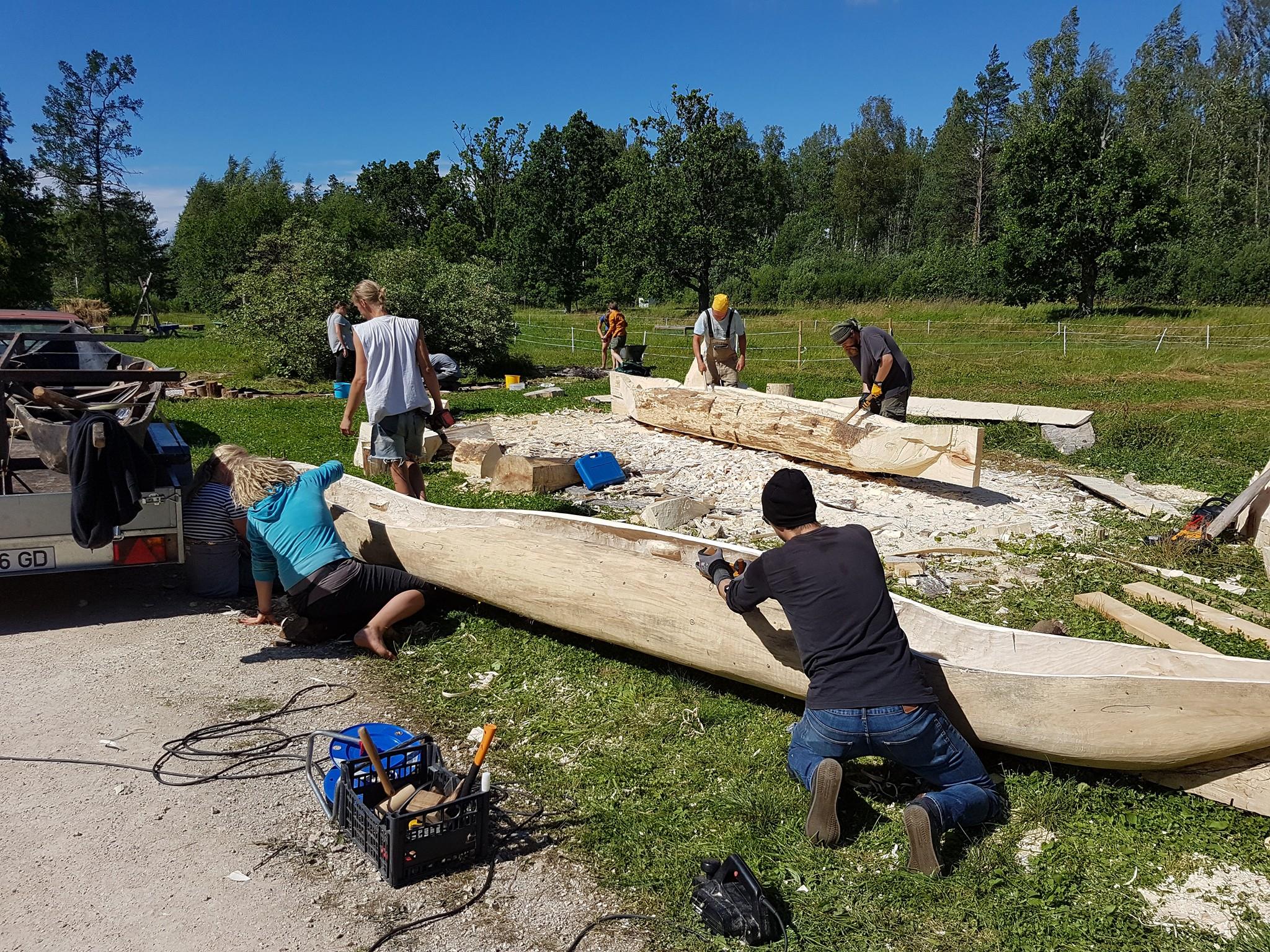
Suspension and trestle bridges were built on the banks of the river. Each farm on the banks of the river built a bridge for its needs. Trestle bridges were used seasonally: they were installed after high water and taken down again before the river froze. The latter were also used to take animals across. In Soomaa, suspension bridges have been preserved in Karuskose and Aesoo. Unfortunately, not a single trestle bridge has survived, and the skill of building them has faded.
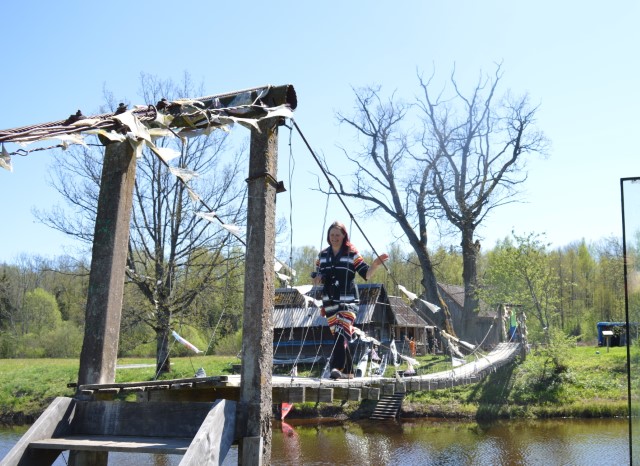
In winter, winter roads crossed the mires. Due to natural conditions, the winter roads were often the only way to get to the port of Pärnu, Vastemõisa, and Viljandi. The best-known winter roads led across Valgeraba and Kuresoo. Longer distances were travelled in groups and there are records of groups that included several dozen horses. All the necessary goods, especially salt and spirits, were transported along the winter roads; the manors also transported grain. From the hayfields of the farms of the local habitants, which were mostly located on the flood-meadows and in the meadows between the forests, hay could only be transported home in winter with a sleigh.
In the 19th century, taverns were constructed at the intersections of winter roads to provide accommodation, meals, and rest (in Oksa, Tõramaa, Kitsapaigal, Aesoo, Jõesuu, and Kanaküla). These taverns were primarily built under the guidance of local landlords.
Today, not a single former tavern has survived. On the lands of Sandra village in Oksa, an imposing mantle chimney is reminiscent of the Oksa or Särgoja tavern. A visitor centre for Soomaa National Park has been established in the former village of Tõramaa on the site of Naari tavern, which became the Kõrtsi-Tõramaa farm.
Winter roads were still used at the beginning of the Second World War. Later, the roads were neglected, and so were the taverns.
TIMBER RAFTING
In the spring, more water-rich rivers were used to raft timber. A distinction was made between single rafting and mass rafting. Single rafts could drive out immediately after ice melted. The timber was tied in layers to bars with strong vines and these in turn were arranged into rafts. They were steered with long oars, one on the first, the second on the last layer. Lights made of silver bark were attached to the vines to provide light in the dark.
Mass rafting usually began when the high water had subsided slightly and a stronger current formed in the riverbed. The holders set up on the shore were knocked out of the way, and the timber rolled into the water. Rafting may have lasted for about ten days, but timber from the Halliste forest, for example, was rafted to the city of Pärnu in an average of three days. The rafting team usually consisted of managers, inspectors, raft navigators, and log pushers, who together were called the raft boys.
Log rafting provided additional income for the riverside farms: raft boys were offered shelter and food, and people in the farms worked in the forest in the winter or as raft boys themselves. Forest management involved preserving and protecting the forest. Forest rangers carried out this work, and guard posts were built for them at the beginning of the 20th century. In Soomaa, you can visit the Karuskose forest ranger guard post.
Rafting stopped in Soomaa in the late 1950s when the Soviet fleet reached the forests of Soomaa.
In the 1960s, a section of railway was built in Soomaa (from Kildu road to Karusekos) to improve access to the forest. Today, former railway sleepers have been used as beams for the houses of Suure-Jaani, but in the forest next to Kuresoo, an old roadbed can still be seen near the Ingatsi hiking trail.
